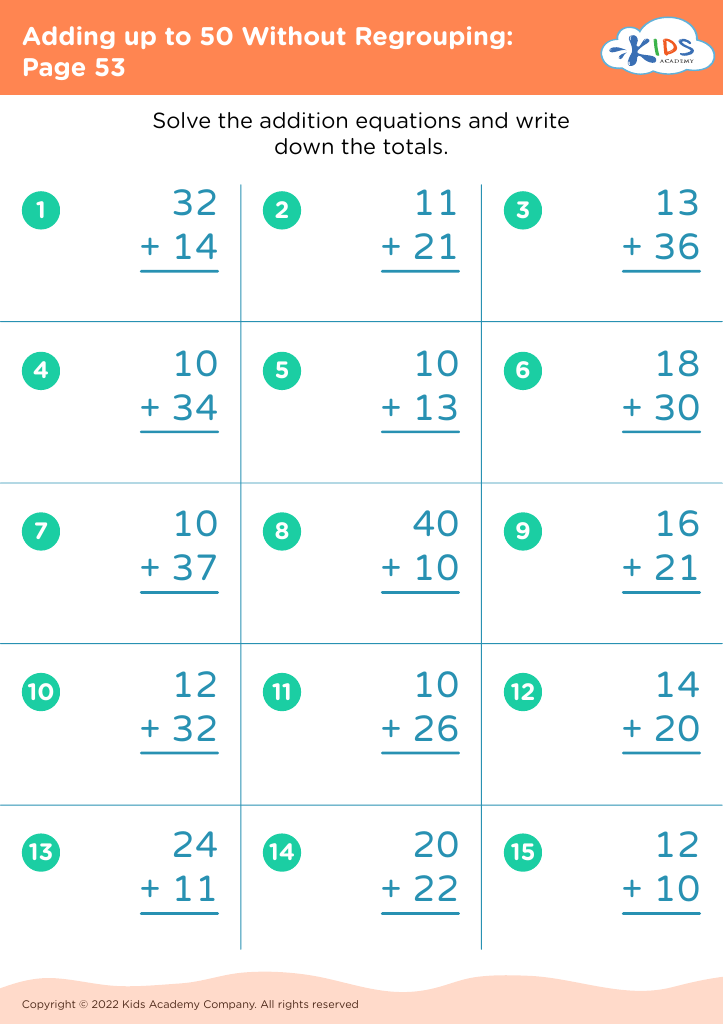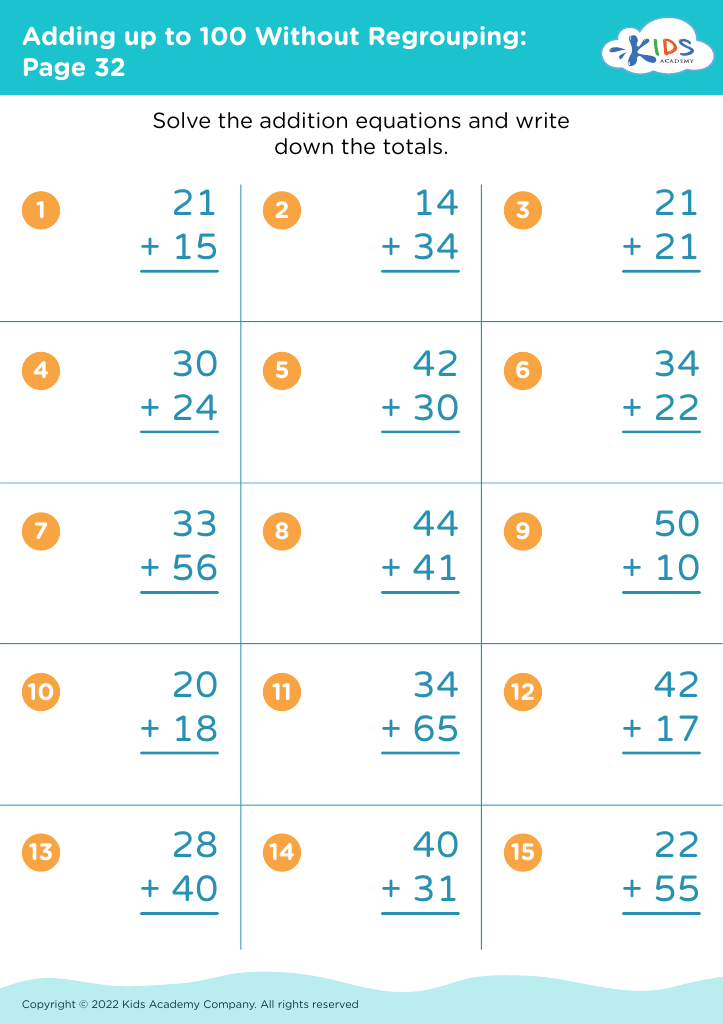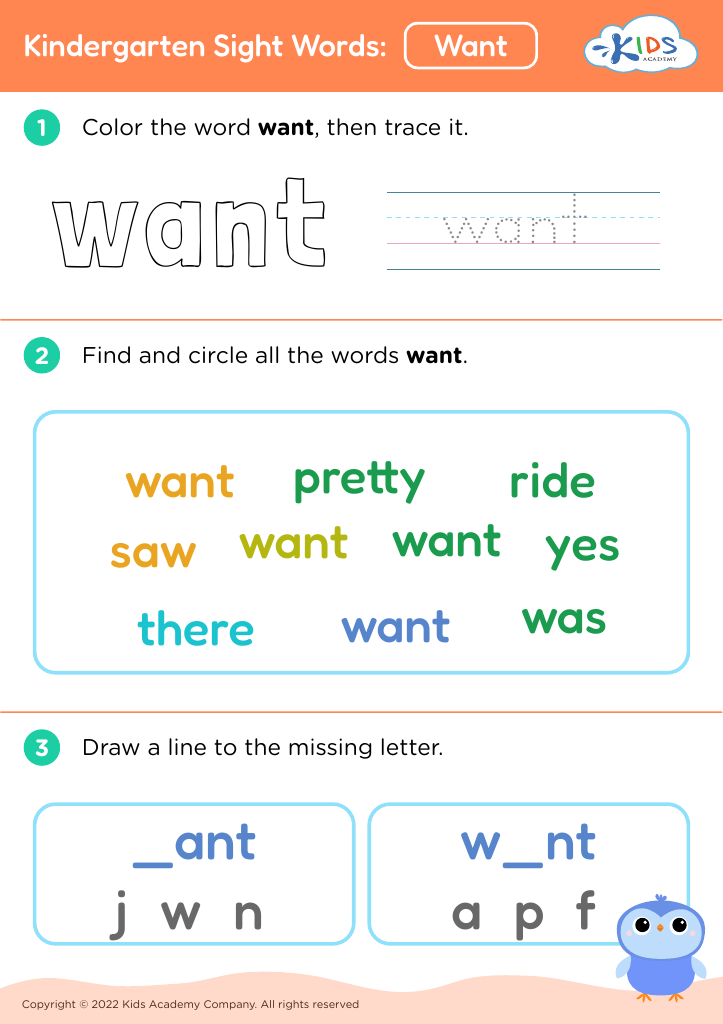Fraction comparison skills Worksheets for Kids
3 filtered results
-
From - To
Question/Answer
What does the Fraction comparison skill mean when it comes to Grade 2 Adding up to 50 Without Regrouping learning?
The Fraction comparison skill in the context of Grade 2 Adding up to 50 Without Regrouping involves understanding and identifying which of two fractions is larger, smaller, or if they are equal, without the need for complex calculations.
Why is the Fraction comparison skill important for Grade 2 students?
The Fraction comparison skill is important for Grade 2 students as it lays the foundational understanding of fractions, critical for their future mathematical learning. It helps them grasp concepts of quantity, size, and numbers, enhancing their ability to solve problems, reason, and make logical decisions based on quantities, which are essential skills in both academic and real-life contexts.
How to train the Fraction comparison skill in Grade 2 students learning about Adding up to 50 Without Regrouping?
To train Grade 2 students in fraction comparison while learning to add up to 50 without regrouping, start with visual aids like fraction bars or pie charts to illustrate fractions. Encourage hands-on activities, such as grouping objects into fractions, to make the concept tangible.















